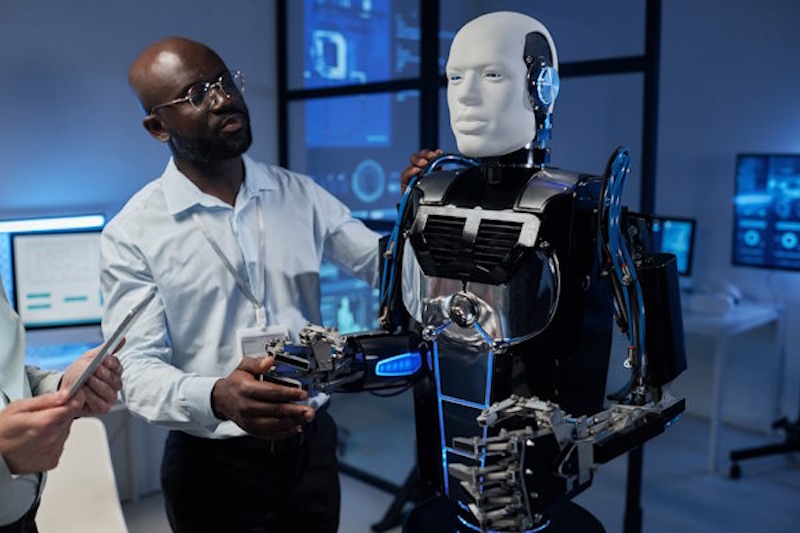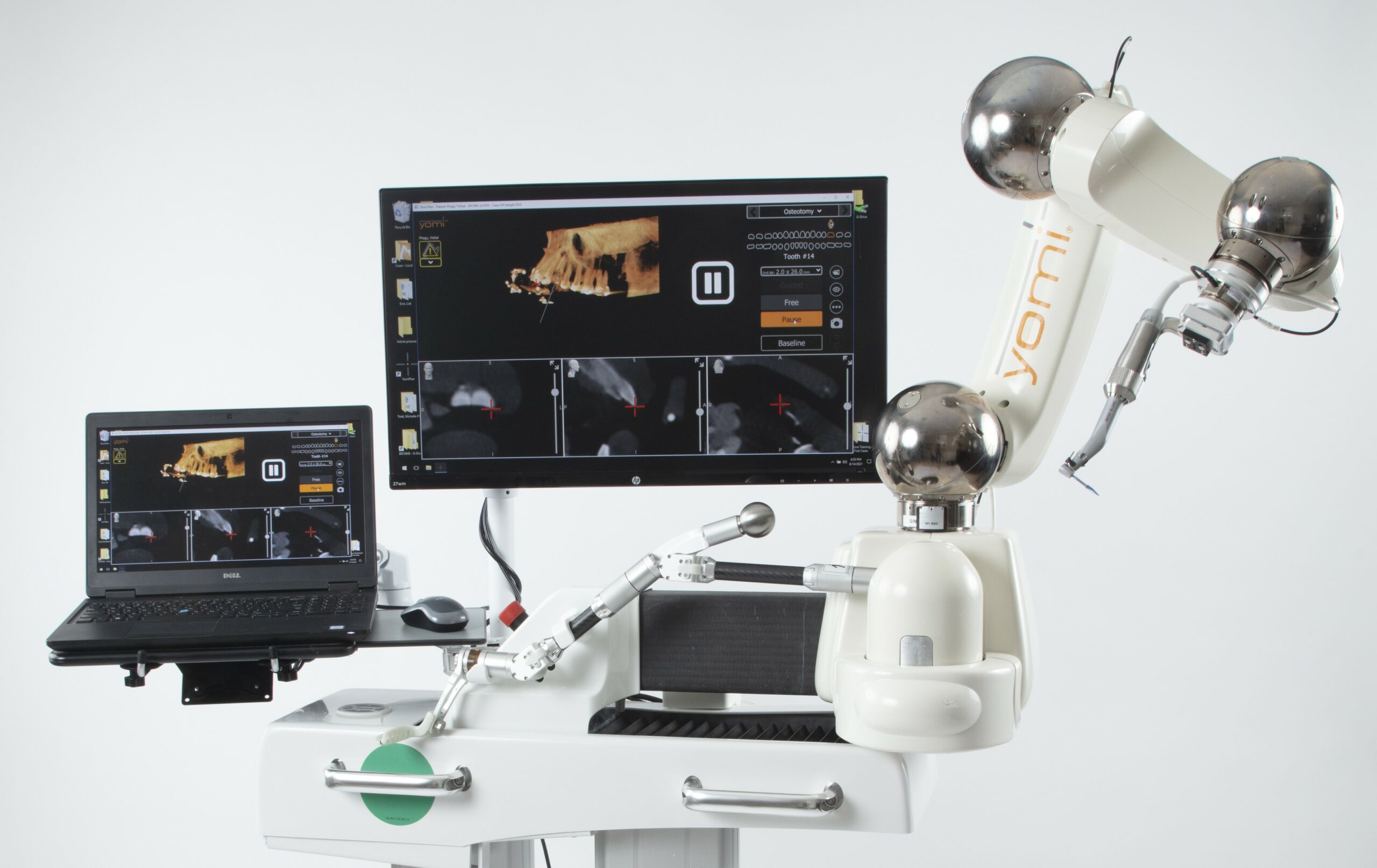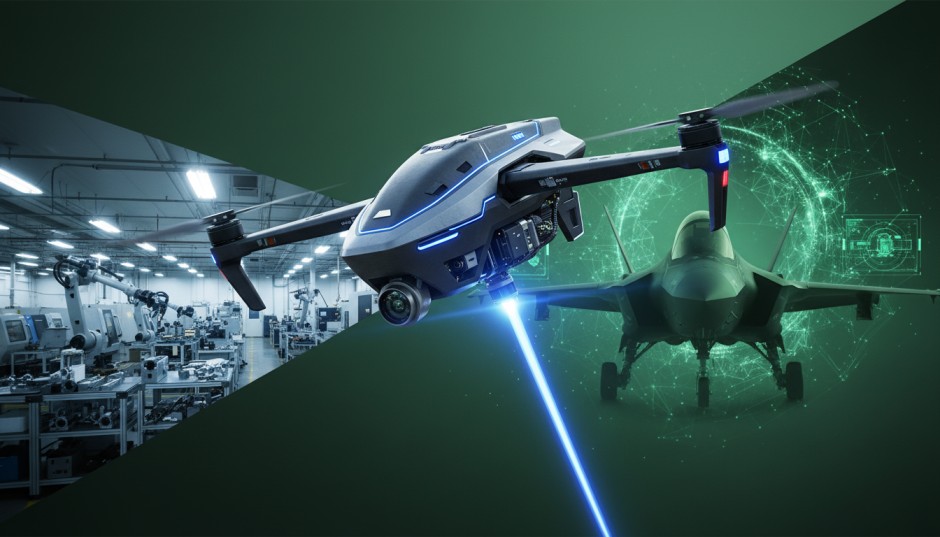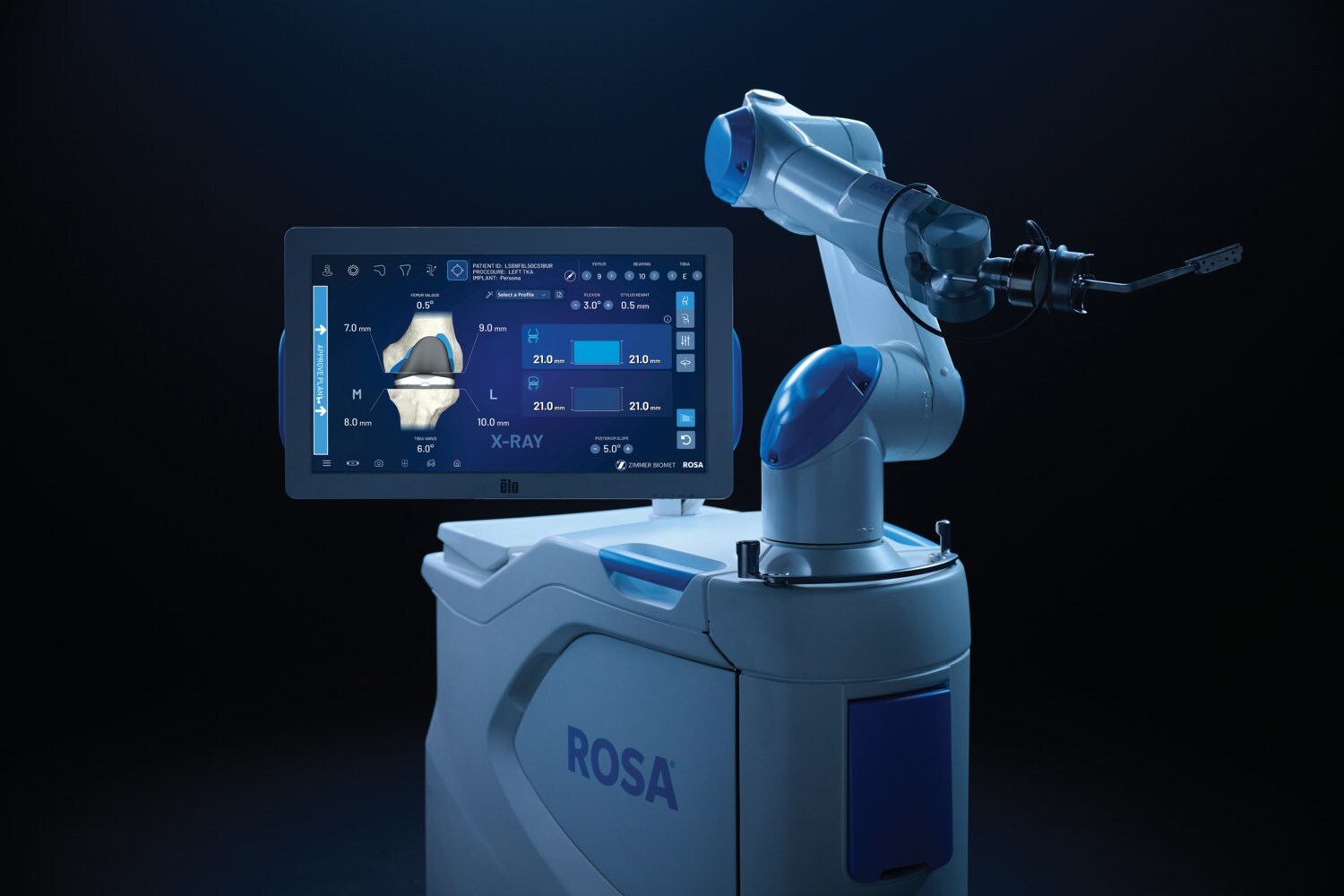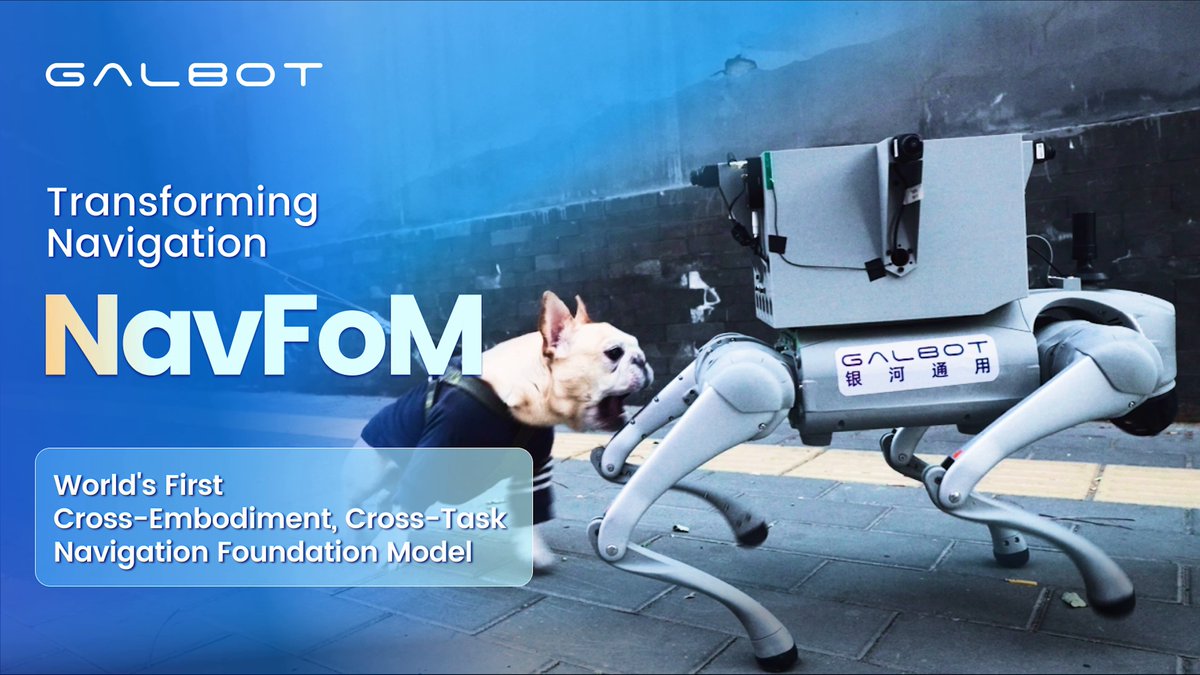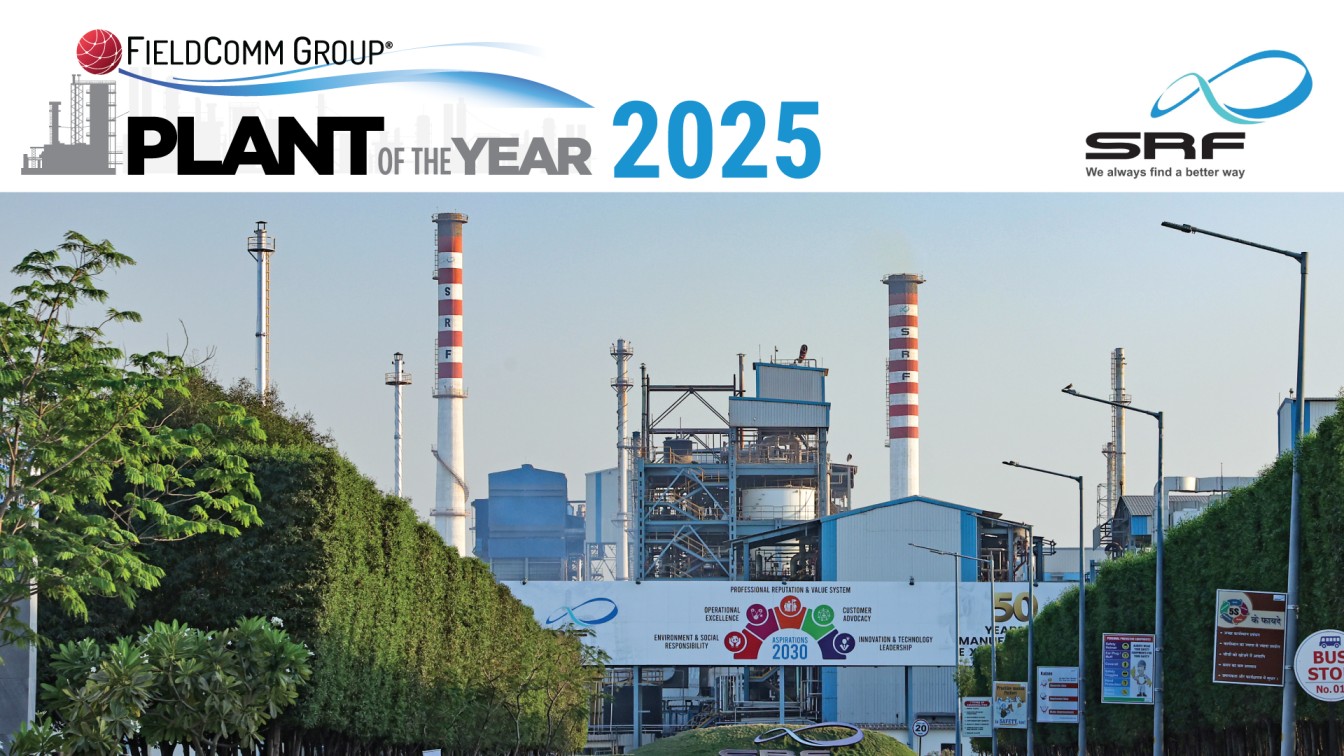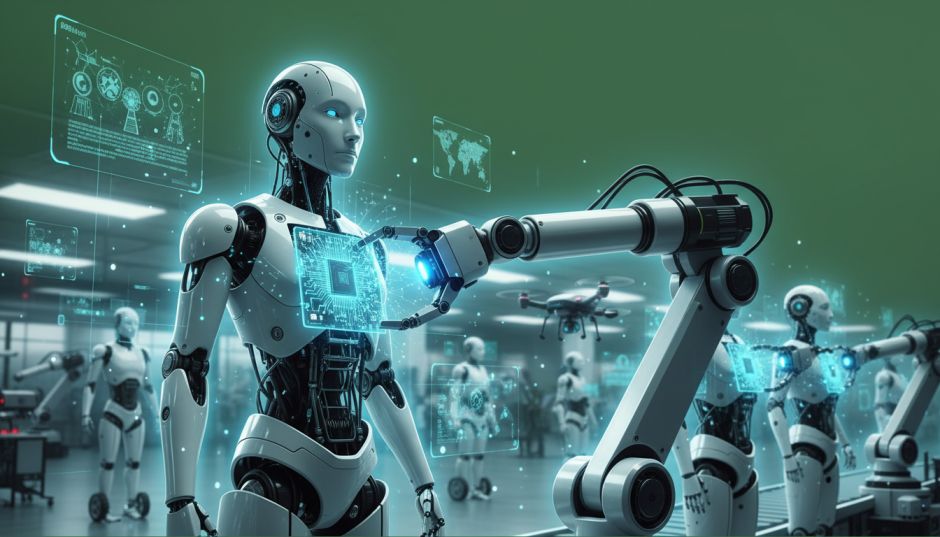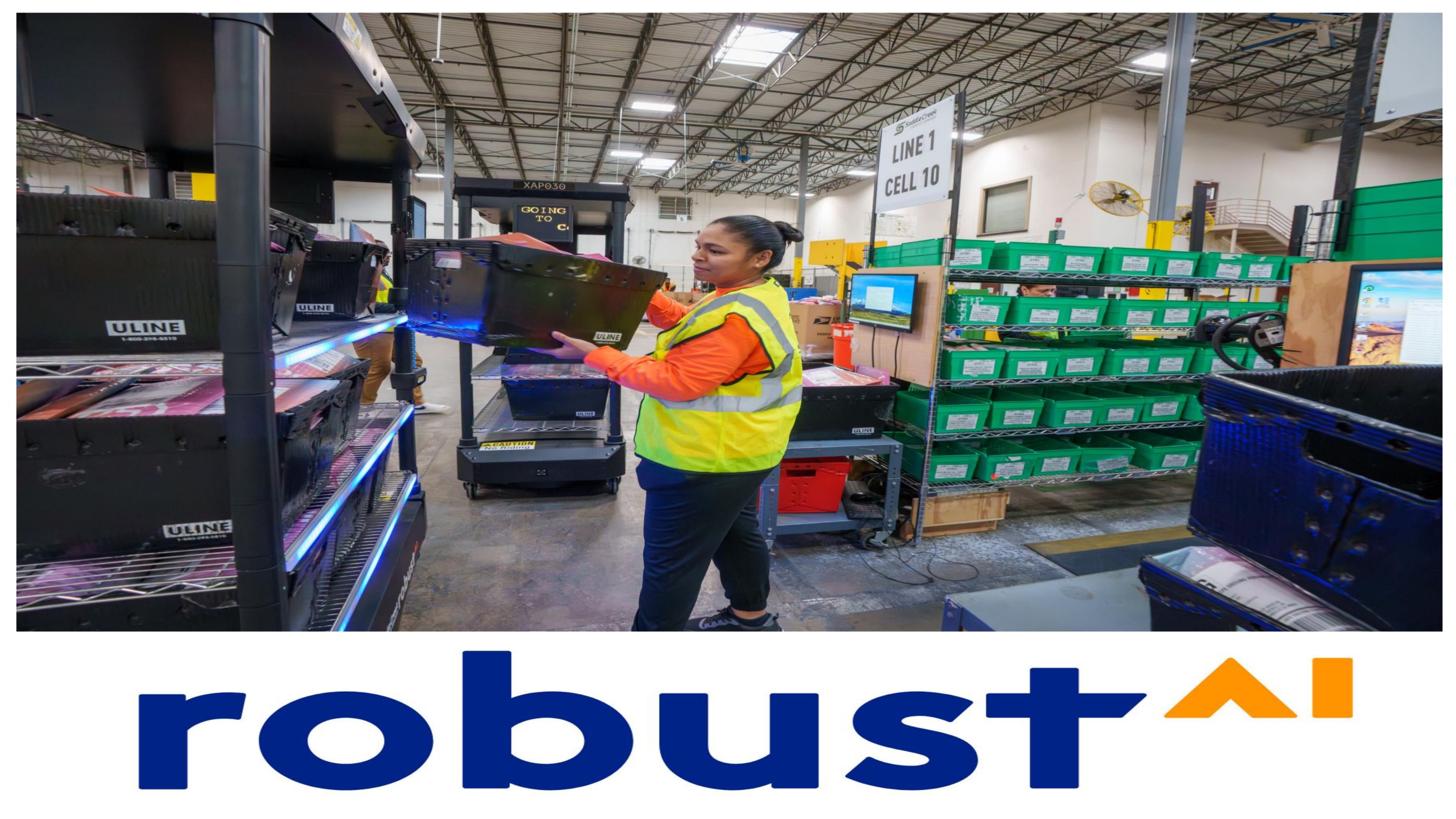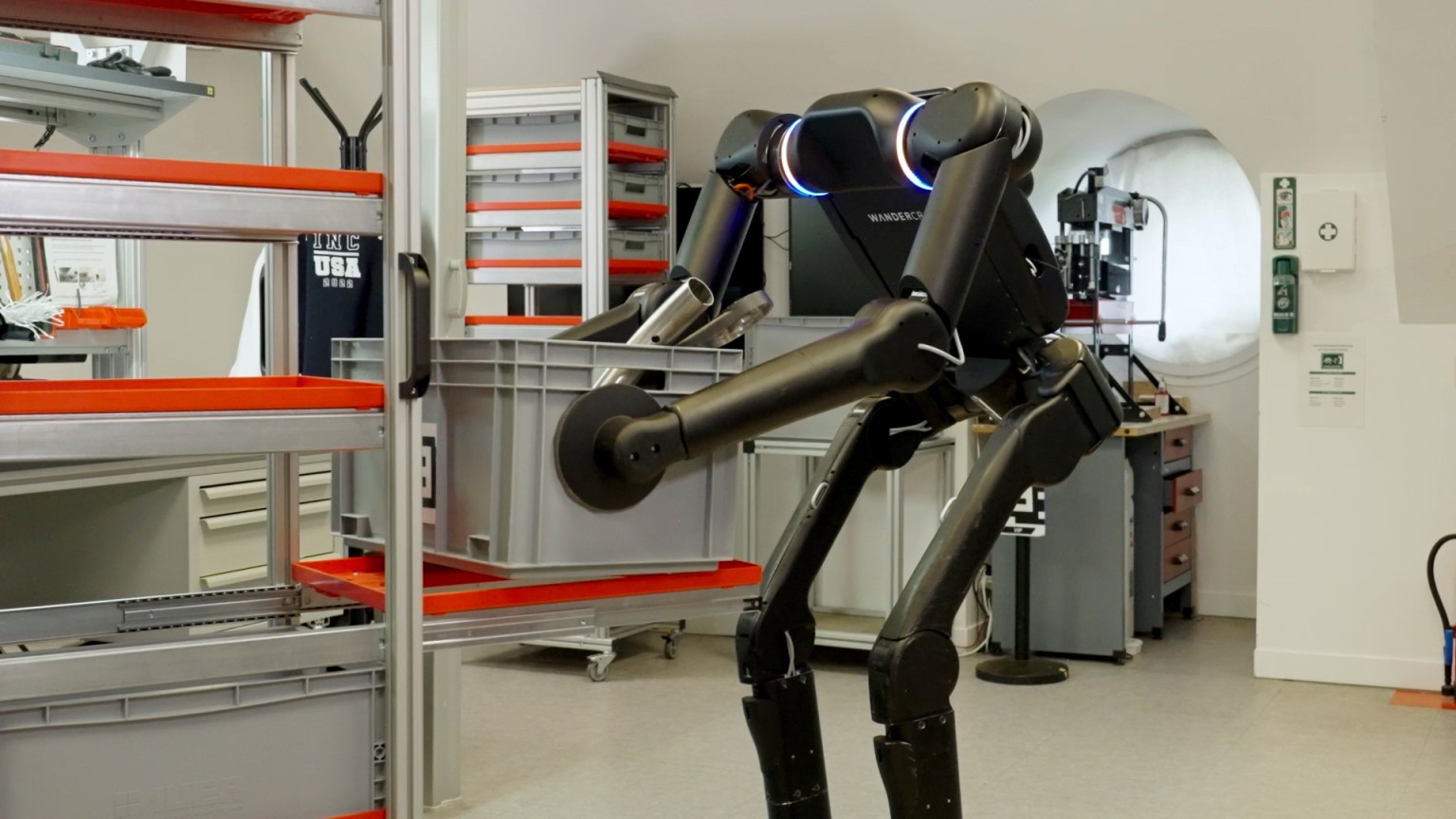Humanoid Robot Market Set to Surge to USD 22 Billion by 2032 Driven by Healthcare, Hospitality, and Education Demand
SkyQuest report projects 48.9% CAGR as aging populations, AI advances, and rising adoption in caregiving, classrooms, and service industries fuel global growth despite regulatory and cost challenges.
Image Courtesy: Public Domain
The humanoid robot market is anticipated to expand at a rapid pace owing to their high adoption in healthcare and hospitality sectors, as companies in these verticals focus on improving their customer experience and satisfaction.
SkyQuest Technology Consulting published a report, titled, Humanoid Robot Market - Global Opportunity Analysis and Industry Forecast, 2025-2032", valued at USD 984.30 Million in 2024. With a projected CAGR of 48.9% from 2025 to 2032, the market is expected to reach USD 22,051.2 Million by the end of 2032. Growing investments in robotics technology R&D, and advancements in artificial intelligence technology are forecasted to help improve the application scope of humanoid robots going forward.
Humanoid Robot Market Dynamics:
Rapidly increasing geriatric population and the need for elderly care solutions are expected to boost the sales of humanoid robots. Humanoid robots mimic human behavior to foster user trust and emotional bonding, especially among isolated seniors. Governments and private healthcare institutions are investing in robotic caregivers to address workforce shortages and improve care quality. This growing application in eldercare is significantly propelling the humanoid robots market forward across both, developed and developing nations.
Another key factor driving the demand for humanoid robots is their adoption in education industry. Humanoid robots can engage students through storytelling, language learning, and personalized tutoring. For children with autism or learning disabilities, humanoids offer consistent, nonjudgmental interaction, fostering better engagement and progress. They are also used to teach STEM concepts, boosting students' interest in technology. Governments and private schools are exploring humanoids to bridge teacher shortages and modernize classrooms.
Recent Developments in Humanoid Robot Market
- In May 2025, Hugging Face, a renowned AI dev platform announced the launch of two new humanoid robots as part of its push into the robotics sector. HopeJR is expected to be priced at USD 3,000 and Reachy Mini in the range of USD 250 to 300.
- In October 2024, Shanghai Kepler Robotics Co. Ltd., a renowned innovator of humanoid robots announced the launch of its new general-purpose humanoid robot at the GITEX GLOBAL 2024 event. Forerunner K2 is a full-sized robot with the Gen 5.0 robot model.
- In April 2024, Boston Dynamics, a leading American robotics company announced the launch of an all-electric version of its humanoid robot called Atlas. The company has also claimed that the new version is more stronger and agile as compared to its hydraulic version.
Major Challenges in Humanoid Robot Industry
The deployment of humanoid robots is subject to complex regulatory frameworks that vary widely across countries. Ensuring robot safety, especially in public and healthcare settings, requires stringent compliance with evolving standards. Legal uncertainties around liability in the event of malfunction or injury create hesitation among buyers. Until clearer legal and safety frameworks are established, the expansion of humanoid robots into mass-market applications will remain significantly restrained.
The cost of designing, manufacturing, and maintaining humanoid robots remains prohibitively high for widespread adoption. Advanced components like actuators, sensors, and AI processors significantly increase production costs. Until economies of scale and modular designs lower the costs, price sensitivity will remain a major hindrance. This financial barrier continues to restrain the growth potential of the humanoid robots market globally.
Competitive Landscape:
Humanoid robot manufacturers should invest in the development of custom and application specific robots to drive revenue. Improving the human like appearance of these robots is also, a key area of interest for market players. Integration of these robots in multiple industry verticals can also create new business scope for market players.
The major players in the humanoid robot industry include,
- SoftBank Robotics (Japan)
- ROBOTIS (South Korea)
- Agility Robotics (USA)
- UBTECH Robotics (China)
- PAL Robotics (Spain)
- Boston Dynamics (USA)
- Hanson Robotics (Hong Kong)
- Kawada Robotics (Japan)
- Toyota Motor Corporation (Japan)
- Honda Motor Co. Ltd. (Japan)
Humanoid Robot Market Segmentation:
The global humanoid robot market is segmented based on component, application, motion type, and region. Based on components, the market is segmented into hardware, software, and services. Based on application, the market is segmented into personal assistance & caregiving, hospitality, search and rescue, education and entertainment, research and space exploration, and surveillance and security. Based on motion type, the market is segmented into biped and wheel drive.
- By component, the hardware segment dominated the global humanoid robot market in 2024 as the use of advanced hardware components determines the functionality of robots.
- By application, the personal assistance & caregiving segment dominated the global humanoid robot market in 2024 owing to growing healthcare burden and rising need for better elderly care services.
- By motion type, the wheel drive segment dominated the global humanoid robot market in 2024, which can be linked to high mobility and adaptable maneuverability offered by robots with wheel drive.
Regional Insights
Growing investments in automation, presence of companies such as Tesla, Boston Dynamics, and Agility Robotics, and robust R&D support help North America lead the global demand for humanoid robots. The United States and Canada are predicted to be the top countries in the region owing to high interest in automation across industry verticals.
Europe humanoid robot market is driven by public acceptance of social robots due to strong privacy laws and ethical frameworks. Adoption of humanoid robots across education, healthcare, and manufacturing sectors is rising rapidly. Germany, France, Italy, and the United Kingdom are key countries.
Robust investments in humanoid robot R&D in countries such as China, Japan, and South Korea make Asia Pacific the fastest growing region in the world. Government initiatives like Japan's "Society 5.0." China's investment in robotics for manufacturing and healthcare further create new opportunities.
In the LAMEA region, the humanoid robot market is driven by growing adoption of robots in the healthcare industry. Brazil, Argentina, Saudi Arabia, and the United Arab Emirates are expected to be the most opportune countries for humanoid robot providers in this region


